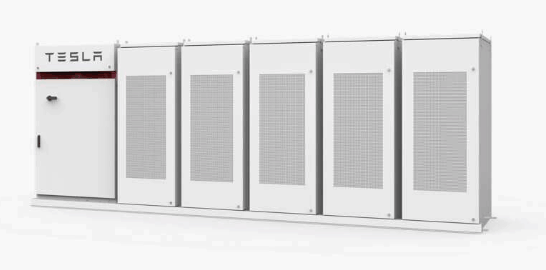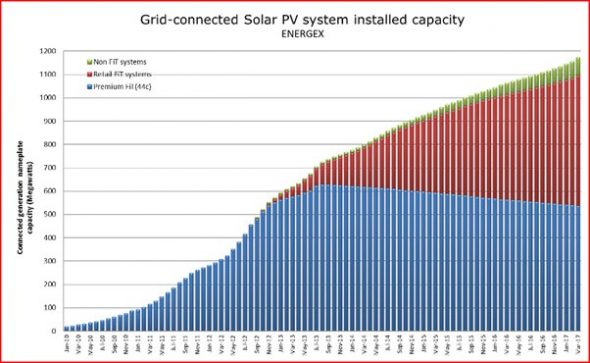Tesla in Townsville – Solar giant Tesla will install a 4MW/8MWh solar battery in Townsville, North Queensland to help manage renewable energy within the community. The battery is expected to be operational by the end of 2019.
Tesla in Townsville – Bohle Plains’ 4MW solar battery.
A community-scale battery will be installed in Townsville to help store excess energy, provide backup power to the community, and assist in providing support to Ergon’s virtual power plant, which draws electricity or reduces load from customers Queensland wide. This helps shore up any supply issues to the National Energy Market (NEM), especially during peak times such as during a heatwave.
Publicly owned Yurika manage the plant and it’ll be fascinating to see some statistics as to how this Tesla Powerpack helps QLD – with the South Australian Tesla Battery at the Hornsdale Power Reserve saving $25m in its first year of operation, we expect the result to be similarly impressive.

“This is a small but significant addition to Queensland’s publicly-owned electricity system, a system which is delivering cheaper prices on average compared to other mainland states in the National Energy Market,” said Acting Energy Minister Mark Furner.
“Battery storage technology is the next stage in steady progress to enabling a renewable energy future and reaching our target of 50% renewable energy by 2030.”
“With around 20,000 residential rooftop solar systems in Townsville, battery storage technology will help ensure power quality and reliability in the local network.” he continued in quotes repeated in Clean Technica.
Design work has already started on the battery and Tesla in Townsville is closer than you may think – the battery is scheduled to be fully operational in late 2019. Given that Townsville and its surrounding areas have seen a significant amount of investment in solar over the past few years, it’s going to be fantastic to have this battery to help stabilise the grid and provide cheaper power.


